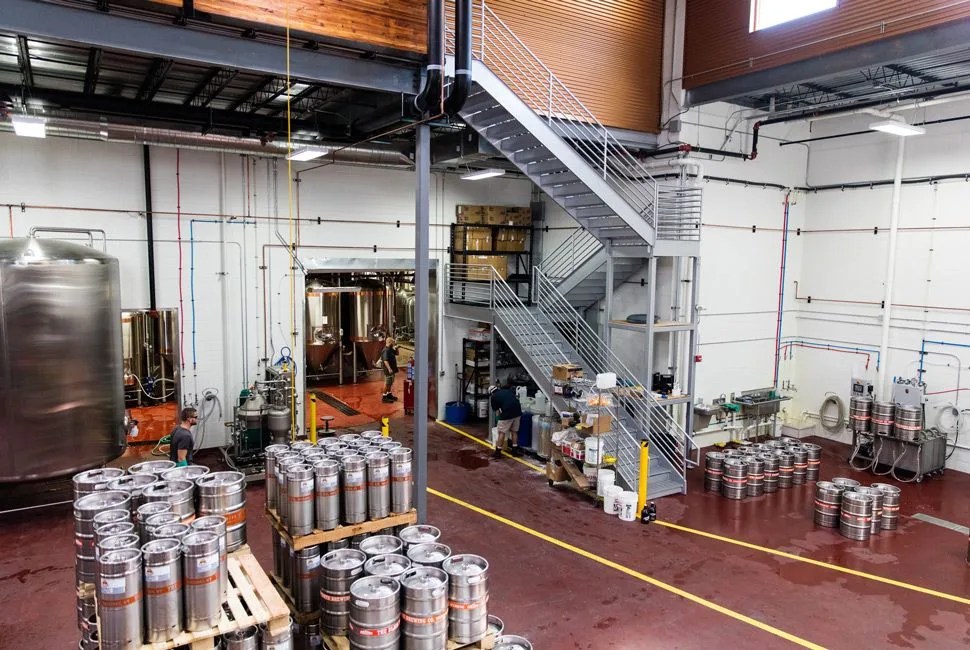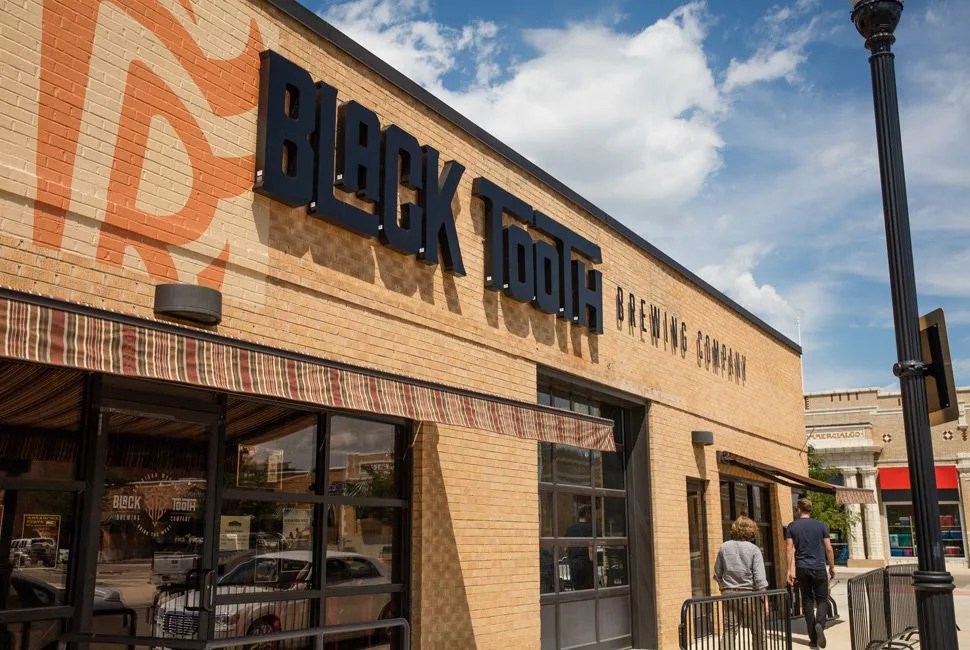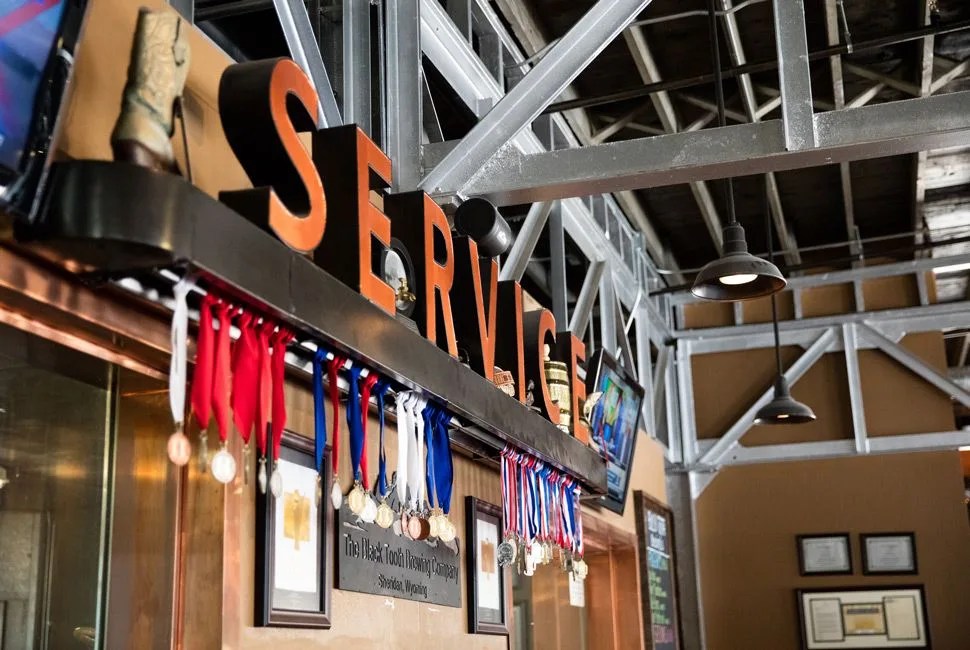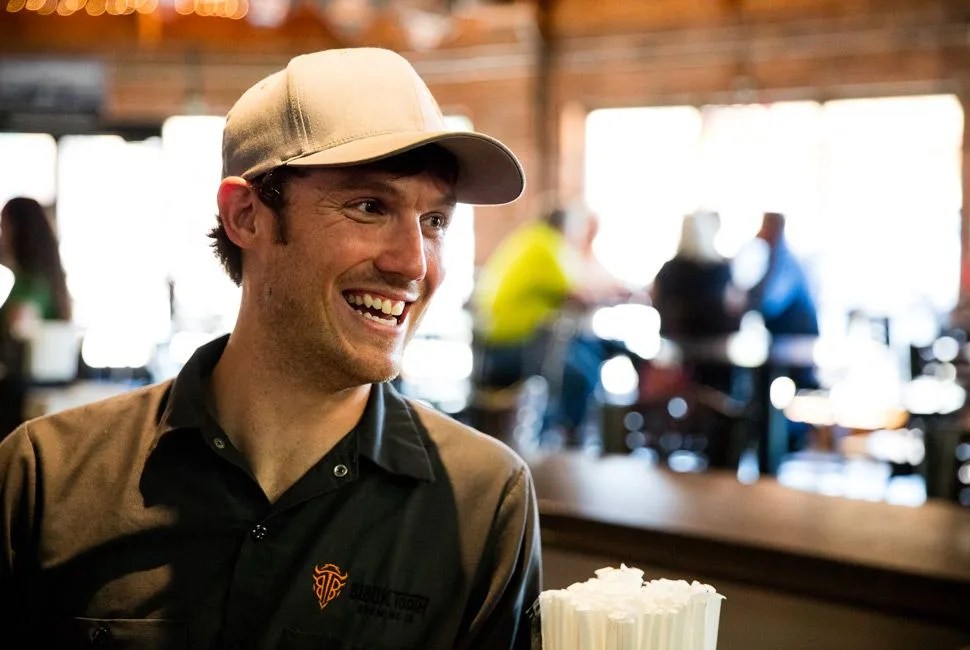8 photos
Black Tooth Brewing Company wants to be the brewery of Wyoming, and they aren’t shy about it. “Our Saddle Bronc Brown — there’s a bucking horse on the can,” says brewery manager Jesse Woods. “People see that, say, ‘Ok, that could be Wyoming’s beer. Then there’s the brown and gold: the cans are yellow and the beer is brown. In Laramie, at the University of Wyoming, college kids down there say, ‘this is Wyoming’s beer.’”
In most of the US, a five-year-old upstart saying this sort of thing would be laughed right out of the brewpub. But most of the US is drowning in craft beer. Last year brewers made 22.2 million barrels, split up not so unevenly. Pennsylvania leads the pack with 4 million barrels of craft a year. California makes 3.8 million. Hell, Alaska makes 200,000. But Wyoming — oh, Wyoming, that Cowboy State where a beer is an icebreaker, a time-waster, an excuse to tell a stranger about your great state — they make a tiny dribble, just 18,000 barrels a year, from just 22 breweries in 2014. Wyomingites drink Bud Light and Coors Heavy. If everyone in the state of Wyoming drank one pint of craft beer a day for one week, the whole state would be out of craft beer for the year.
“The market was just untapped,” says Travis Zeilstra, who cofounded Black Tooth in 2010. “There were no breweries south of Billings and north of Cheyenne, from Rapid City to Jackson. That’s why I came here.”
Black Tooth guards the corner of a low series of lots on the backside of Sheridan, Wyoming, a town of 17,000 in the north-central part of the state. It is, like many new breweries, built inside an old garage, airy and brick-walled and with a bar running a healthy percentage of its length. Its pub is open and expansive but not particularly noteworthy. But stepping through to the brewery out back is like walking into the beer version of Walter White’s pristine lab: glinting steel tanks; the deep, steady hum of beer being made; mash tuns with catwalks alongside; Wyoming Whiskey and local wine barrels piled high. In the corner, a bustle, as an employee performs that base duty of a brewery, washing kegs. This place is big. It’s not meant to be a small-town brewery. It’s meant to overwhelm Wyoming’s craft beer scene.
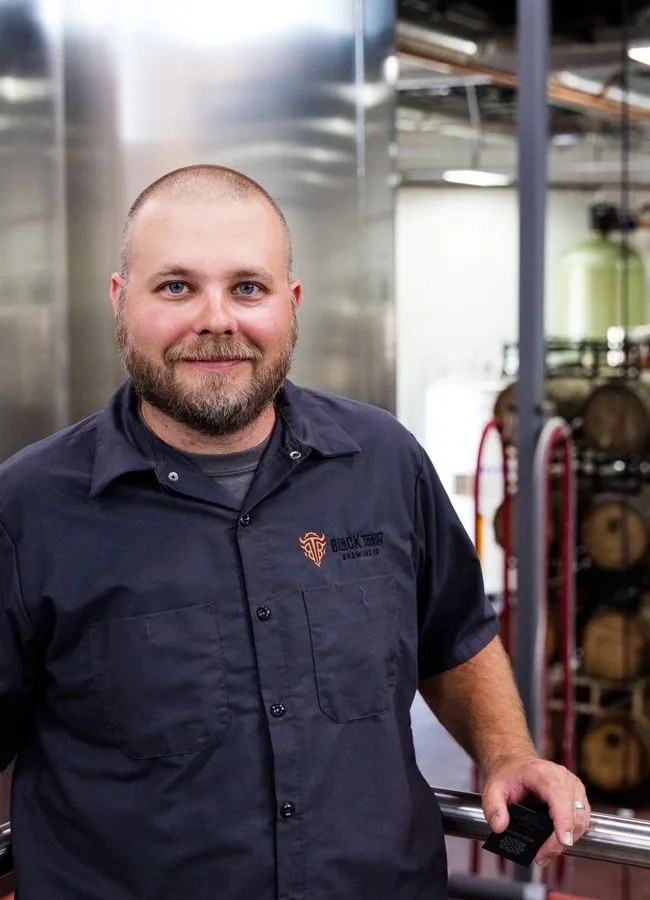
“The last 30 days has been our big expansion,” says Woods. They demolished the second bar they rented out for weddings, added a new canning line, and switched from 20-barrel tanks to 90-barrel tanks. They have five full-time brewers on staff now, and they can’t hire enough local employees to keep up with the production line. “We’re currently going from 2,500 barrels a year to 10,000 barrels,” Woods says. They’ll continue to drop more tanks in through a skylight, all the way up to 50,000 barrels a year. He laughs, like he can’t believe it himself: “So, 2,500 to 50,000.”

